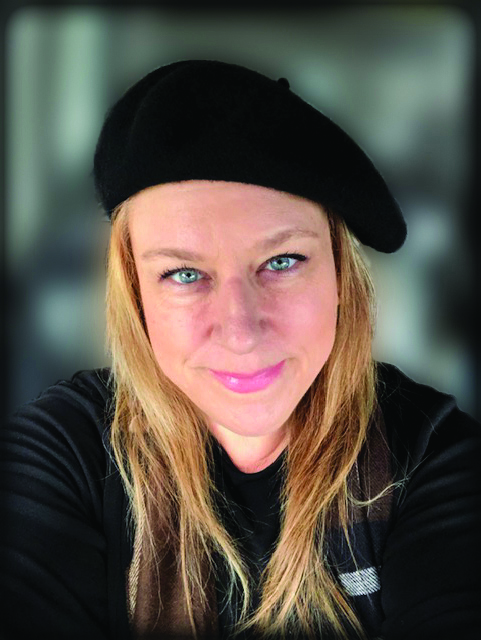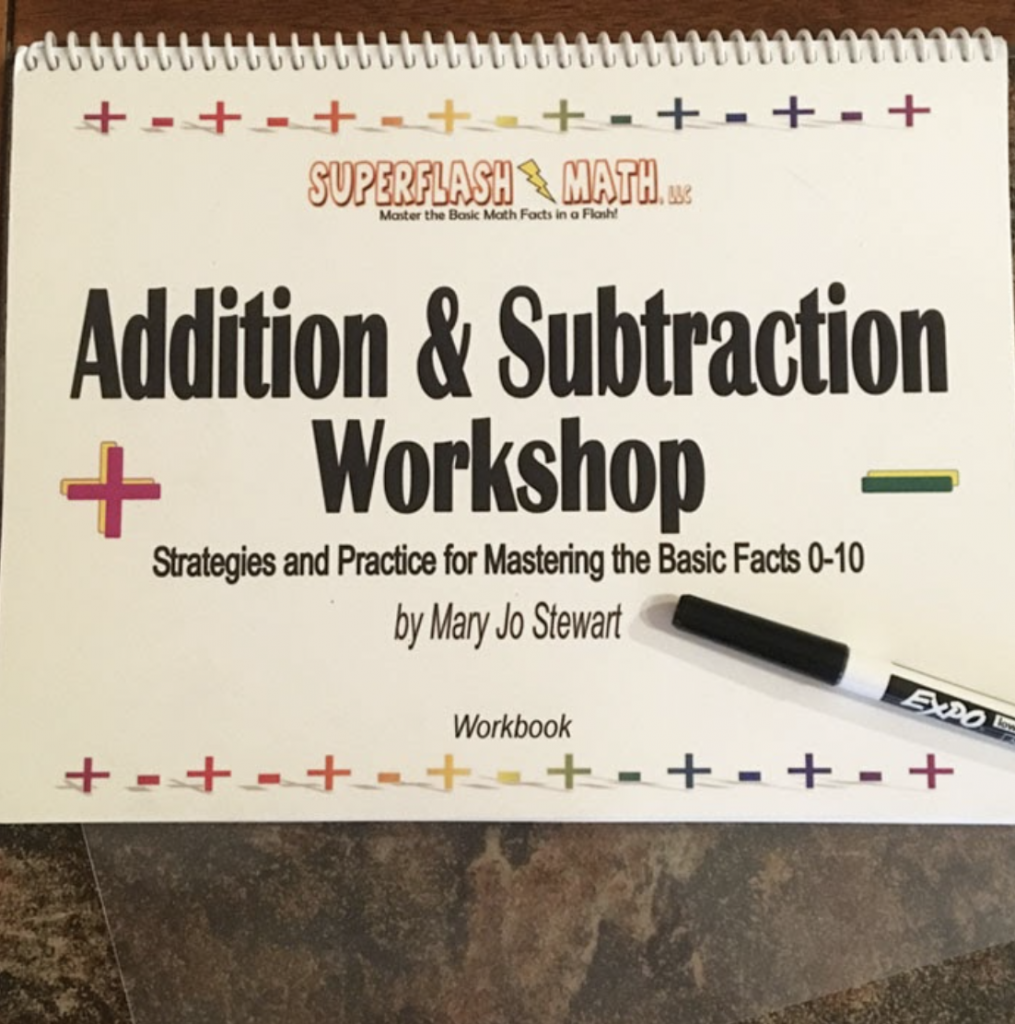The Homeschool Minute – February 3, 2021

When Math Doesn’t Add Up
February 3, 2021
| Gena Suarez 0% Fail Rate |
Hal & Melanie Young
Math: Joy or Chore?
Lee Binz
When Math Is Hard
Diane Heeney
Pillar of Faith: Fantastic “F”s in Math
| Be sure to scroll to the bottom to enter the contest! |

Hey Mama
0% Fail Rate
Hey Mama,
Do you remember when you were a kid and the math problem you were working on just didn’t add up? Maybe your own child is experiencing that frustration right now. What causes us to feel that way? Maybe we just didn’t understand what the book or teacher was explaining, or we couldn’t see the big picture. Maybe it was fear of failure resulting in agitation because we just couldn’t do it.
You know, life is a lot like math. Some among us fear our circumstances, especially lately, and we feel frustrated, but the Lord instructs us to wait on Him. He sees it all. Others among us hurt deeply. He sees all that, as well, and He says to not grow weary or faint. In your quiet time, find the end of yourself. And then wait on the One Who rights every wrong, dries every tear, and makes everything beautiful in His time.
Need help with the troubles of math (or life)? Look no further than the pages of The Old Schoolhouse® Magazine.
Finding Joy in Math by Katherine Loop
Considering Homeschooling? Fear Not! by JJ Francis
5 Common Reasons Children Struggle with Math by Philip Rowlands
And remember, Mama. . .
He. Is. Faithful.
We can trust Him completely because He has a 0% fail rate. To love Him is to obey Him. That’s how we know we are in the Lord. And if we are, then He is our portion, our refuge.
“The LORD is good, a strong hold in the day of trouble; and he knoweth them that trust in him” Nahum 1:7.
“In the fear of the LORD is strong confidence: and his children shall have a place of refuge” Proverbs 14:26.
“The wicked is driven away in his wickedness: but the righteous hath hope in his death” Proverbs 14:32.
“But let all those that put their trust in thee rejoice: let them ever shout for joy, because thou defendest them: let them also that love thy name be joyful in thee” Psalm 5:11.
“The LORD is my rock, and my fortress, and my deliverer; my God, my strength, in whom I will trust; my buckler, and the horn of my salvation, and my high tower” Psalm 18:2.
No fear, Mama. No fear at all.
By the way, His hand is on your head today.
– gena
Math and Money
We use money every day, but often there is a huge disconnect between math and money. By understanding money, it can certainly help make life easier for you. Ultimately, there are three aspects to money.
1: Understand the value of money in terms of the length of time it takes you to earn it and replace it when you have spent it. For example: You buy a jacket for $80 and get paid $20 an hour. Was that jacket worth 4 hours of your time or even more if you add taxes and exclude other bills you may need to cover?
2: Manage your money in terms of making sure that you have enough money to pay bills, which coincides with paychecks and other cash inflow.
3: Handle money every day in terms of being able to make change, considering best value, calculating final bills and sales tax and the savings on sales such as discounts, etc.
Quick activities regarding handling of money. . .
When in a grocery store, make a mental note of the products and the amount of money you have put into your basket. See how close you are to the total. It’s always good to estimate and have a spending limit before you go into the store.
Learn what your sales tax rate is and how you can calculate it.
Finally, just because a product is on sale, the 40% is not what you are saving. If you had not planned to buy this product, you are actually spending more than you had planned and will either need to earn more money to replace the money spent or go without other planned purchases, etc.
PersonalFinancelab.com is a standards-based personal finance platform that addresses the fundamentals of money through a Budgeting game, Stock Market game and integrated curriculum.

Raising Real Men
Hal & Melanie Young, RaisingRealMen.com
Math: Joy or Chore?
Years ago, one of our boys, a bright little guy, could not reliably add two to a number. Melanie was in a bit of a panic. He was in the third grade and the next level was dramatically harder than this one!
Math. Sooner or later math seems to be a stumbling block for everyone. There are lots of different reasons that might be; the trick is figuring out which one of them it is!
Is it the writing? Some kids struggling with math are just struggling with the handwriting involved in doing the lesson. This is easy to test. Do a lesson together with you doing the writing. One of ours turned out to be gifted at math, but dysgraphic—the writing was making it awful! We did math orally or with Melanie doing the writing while we addressed the dysgraphia. Math became a joy, not a chore.
Is it the age? In the tweens and preteens (9-13), their brains go through a remodeling process, changing into the adult version. This makes them distracted, unfocused, forgetful, and downright addled for a time. It passes—it really does! In the meantime, more supervision, a little encouragement, using a timer and rewarding faster times, and a lot of patience can help.
Are they developmentally ready? That was the problem with our son. Melanie decided we’d focus on math that summer and at least learn the facts! Then life happened. We didn’t do a thing. Nonetheless, he was multiplying three-digit numbers by Christmas. He just needed a little more time.
Developmental readiness is a big issue with algebra. A child can race ahead in math, then hit algebra and stumble and struggle. Algebra requires abstract thinking skills that develop during that brain remodeling we mentioned. If algebra is harder than it ought to be, putting it off a year can make the difference.
Sometimes, though, a learning glitch is keeping them from understanding math. Using color, graphics, and story can help a LOT, but brain integration exercises can make learning a lot easier all around. It helped our kids so much, one says it changed his life—and you can do it cheaply at home, too.
If you have a smart kid who’s struggling to learn, click here to download our short course Bright Kids who Struggle for FREE (a $19.77 value) and we’ll walk you through figuring out what to do next.
Your friends,
Hal & Melanie
My Teaching Library has thousands of K-12 resources your kids will love! Find what you need @https://myteachinglibrary.com/

Lee Binz, The HomeScholar
When Math Is Hard
Homeschool parents should have goals for all subjects. Our job is to keep each class challenging but not overwhelming. Each class should be hard enough to be interesting but shouldn’t be so difficult that students struggle to learn and understand.
Math is hard.
It’s supposed to be hard. If you have ever wished for the perfect “Hard Work” curriculum, math is it! This is the subject that can teach students how to work hard on something that’s not easy. It teaches students how to learn and persevere. But sometimes, math just doesn’t add up.
Math shouldn’t be impossible.
Do math first each day, and check on progress regularly. Teach consistent daily practice. Expect mastery and understanding, but don’t demand perfection on every problem. Adjust your expectations, and embrace your child’s ability level. Set your goal to get through one textbook a year.
Choose a perfect math curriculum.
There is no one math curriculum that is perfect. However, there is a math curriculum that’s a perfect fit for your child. Students will learn more from a curriculum they understand, rather than the one that others say is a top choice. See my list of Homeschool High School Math Curriculum Options.
Avoid teaching math-phobia.
You can avoid training your students to be anxious about math. Don’t let your fears of high school math, or insecurity of your own abilities, influence your child’s feelings. Ordinary parents can teach high school math. Labeling your children as incapable or unable will teach them to under-perform. Who made you feel incapable? How can you avoid that labeling for your children?
Math is important.
Four years of high school math will open doors to college and career, and it will teach your students a strong work ethic. Learn how to teach high school math with my short and sweet book High School Math The Easy Way: Simple Strategies for Homeschool Parents In Over Their Heads available on Amazon.
Lee Binz, The HomeScholar, is a speaker and author of more than 30 books about homeschooling high school. An expert on homeschool transcripts and getting scholarships, Lee’s mission is to encourage and equip parents to homeschool through high school. Grab some of the complimentary homeschool resources from Lee and connect with her on Facebook and Instagram.
Banish the Sugar Cravings! Do you struggle with a sweet tooth? Trying to lose weight but can’t kick the sugar habit? Sign up now for the FREE Ditch the Sugar Habit Challenge with Julie Naturally. The 21 Day Challenge will help you ditch the sugar for good.

Diane Heeney
Pillar of Faith: Fantastic “F”s in Math

What do you do when your child simply isn’t “catching what you’re throwing” in math? There is some kind of disconnect. Try the following fail-safe “F”s!
- Facts—if basic facts are not in order as a foundation (fact families, multiplication tables, etc.), everything else will take more time and effort. Make sure to review.
- Fresh—if math is your student’s most challenging subject, tithe your school time and give the best portion (when your child’s mind is fresh and thinks most clearly) to this subject.
- Figure—sort out whether the materials and methods you are using to teach the subject are meshing well with their learning style.
- Find—you may need to try something new. Read reviews by our Review Crew. Experiment with the many options provided at SchoolhouseTeachers.com.
- Foster—encourage by a positive example, and show how math is used practically in everyday life when shopping, setting up a household budget, measuring for new curtains, building a dog house, or baking cookies.
- Fun—incorporate puzzles and games like dominoes, Yahtzee, Rummikub, Uno, or Monopoly.
- Festivities—celebrate accomplishments in math (especially the particularly tough hurdles) with affirming words, stickers, or completion certificates.
Diane Heeney is a graduate of Bob Jones University, where she served on faculty for ten years. She has been Assistant to the Director of Advertisng Sales at The Old Schoolhouse® Magazine since 2016. She’s homeschooled her three children over the course of the past 18 years, having graduated their two oldest. Diane, her husband Patrick, and their youngest child, Katie, reside in eastern Wyoming.
FootFidget ® 2.0 for Student Desks
IMPROVE LEARNING AT HOME. Gentle Fidgeting Exercise with Feet & Legs improves Focus, Attention, Memory, Comfort, Posture. Reduces Excess ‘fidgety’ Energy to Calm and Reduce Anxiety for improved learning.
Snap on design to 4 desk legs.
Designed by Physical Therapists, Manuf. USA
www.footfidget.com Price: $29.99
Teach your child to Read, Write, and Spell with Reading Unlocked. The no-prep online lessons are carefully designed so that your child makes progress every day. Reading Unlocked’s phonics program teaches your child to read confidently and fluently. Perfect for beginner and early readers. Play on PC or tablet: www.readingunlocked.com

Work from home AND homeschool? Yes, you can! Sign up for a FREE Job Fair Webinar at 7–9 pm EST on Tuesday, 2/9, hosted by The Old Schoolhouse® to learn more about open positions within the company! HomeschoolJobs.com

The Old Schoolhouse® knows how busy the homeschooling life can be. They want to reward the first 1000 parents willing to take the time to fill out their homeschooling survey with a digital gift package valued at over $200! Gift pack includes a DOTTIOS Addition Puzzle Game from City Creek Press Inc., CrossTimber’s The Amazing Name Activity Set, a full year of Spelling Ninja from Reading Kingdom, LitWits Explorer’s Guides, and more! Each entrant will be entered to win a De’Longhi All-in-One Combination Coffee Maker and Espresso Machine (ARV $270.61). Grand prize is US only.

Use code: START139 SchoolhouseTeachers.com

FREE
Share this newsletter with a friend, and be sure to let those CONSIDERING homeschooling know about the enormous FREE info-pack which awaits them here: www.TryHomeschooling.com.
A division of The Old Schoolhouse® Magazine

Did you know?
Every class is INCLUDED for ultimate members!
No limits.
Is your child struggling with math? Are you pulling your hair out trying to help? Check out SchoolhouseTeachers.com. We have several courses that cater to visual, hands-on learners. Everyday Games offers a fun approach to teaching almost any area of elementary math. We also have Fraction Workshop, Kinetic Connections, and Let’s Do Math Outside. You’re sure to find something your student will love.

in the winter issue of
The Old Schoolhouse® Magazine.
Congratulations to Amy Caton from Ohio who won our December giveaway!
Contest Corner
for the month of February
Addition and Subtraction Workshop

http://superflashmath.com
Mary Jo Stewart is the author of Addition & Subtraction Workshop because of 30+ years of tutoring and homeschooling. She noted students’ frustration when it came to learning addition and subtraction facts. She tried to eliminate the frustration of students being slowed down by basic math facts with her method of learning.
All 121 basic addition and subtraction facts are laid out in nine sections in this flip-style workbook. A plastic overlay is supplied for dry erase markers to be used on each of the lesson’s pages. There are short lessons at the beginning of each section and then many varying exercises to expose the child to the math facts studied in each section. These exercises include but are not limited to fill in the blanks, matching, speed tests, and number lines. The answers to each exercise are on the rear of the page. The plastic overlay can be removed and placed on the answer side to see if the child’s lines or answers match up.
I used this book with my 6-year-old son. He knew nearly half of his math facts before starting this workbook so we used it to accompany the math curriculum he was currently using to reinforce his lessons and gain a new perspective on the same information. We drilled with this book daily for the last several weeks. I must say, I have never seen him so excited to do his math before! He wanted to do more pages and never wanted to put it away. He especially loved the timed exercises as he is competitive and thrived on trying to beat his previous score.
Go to the contest page of our site where you can ENTER TO WIN the Addition and Subtraction workbook.

The WINTER issue of The Old Schoolhouse Magazine
is now available for FREE online!
Click the graphic to read it cover to cover!
Read the WINTER 2020 issue free at www.TOSMagazine.com or download the free mobile apps at www.TOSApps.com.
Get the print issue here.
VIEW BACK ISSUES: Current subscribers go here to access all back issues.
| We Want Your Feedback! |
| If you liked today’s Homeschool Minute, please email the editors and tell us what part you liked most. It’s a huge blessing to receive feedback! Please add publisher@theoldschoolhouse.com to your email contacts so that our emails to you don’t land in spam. |







